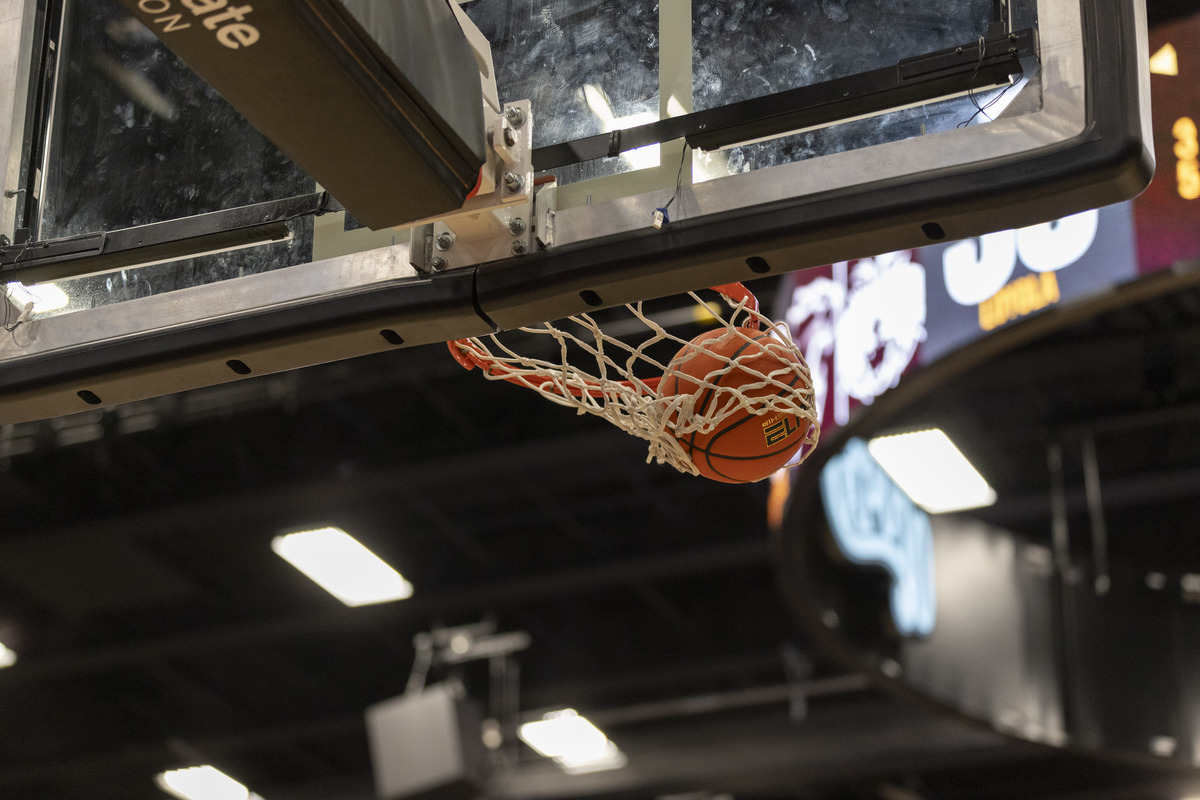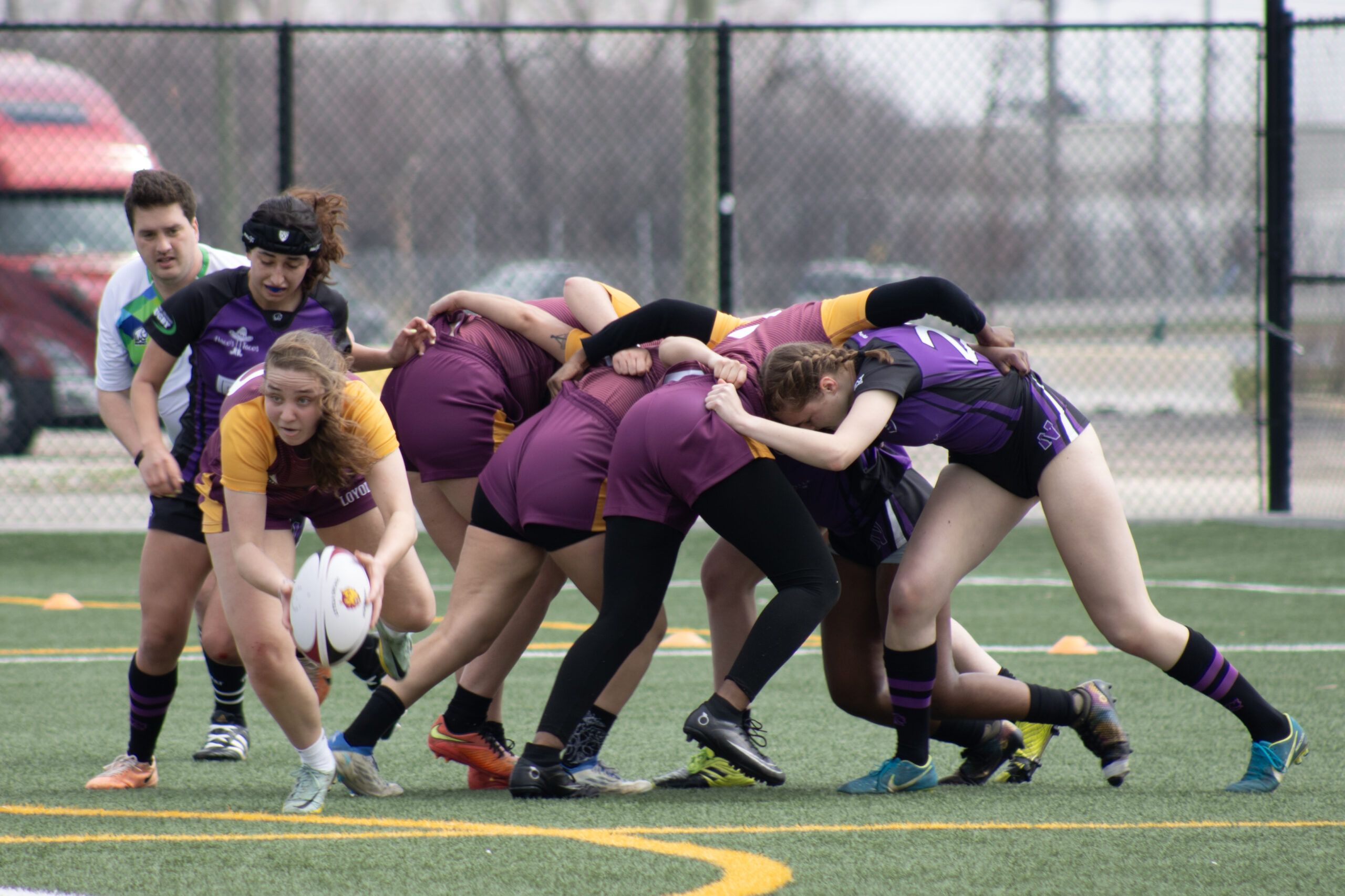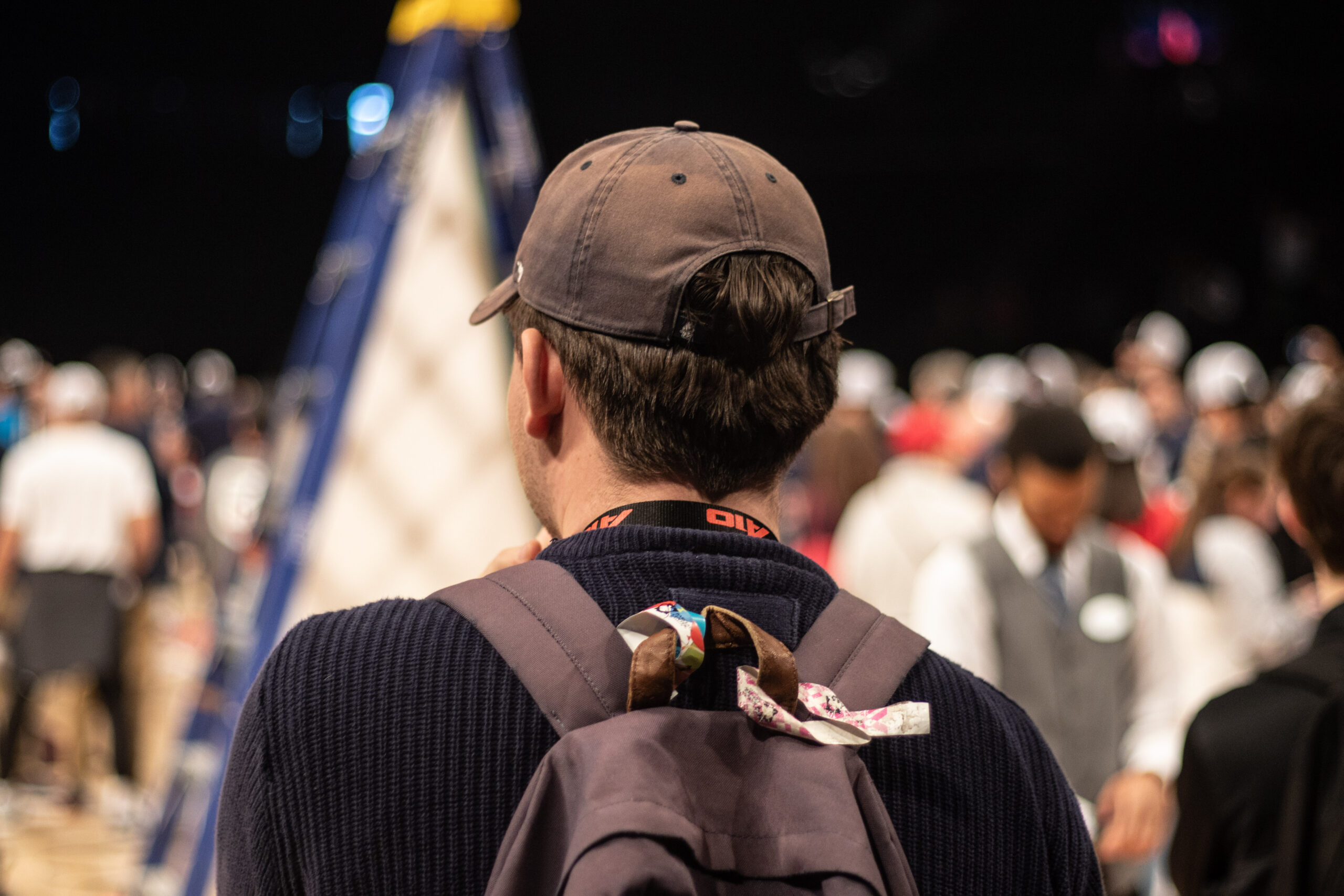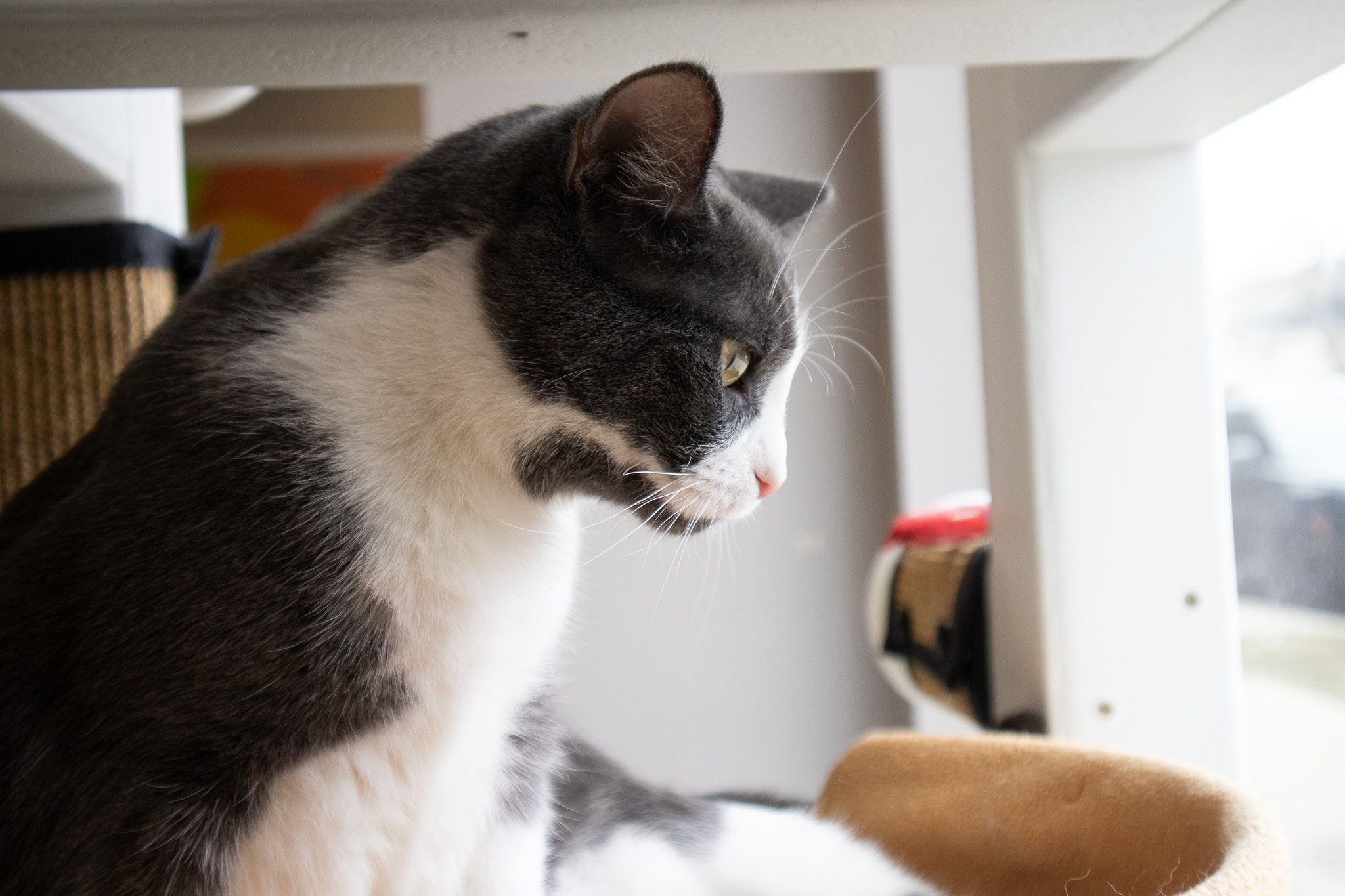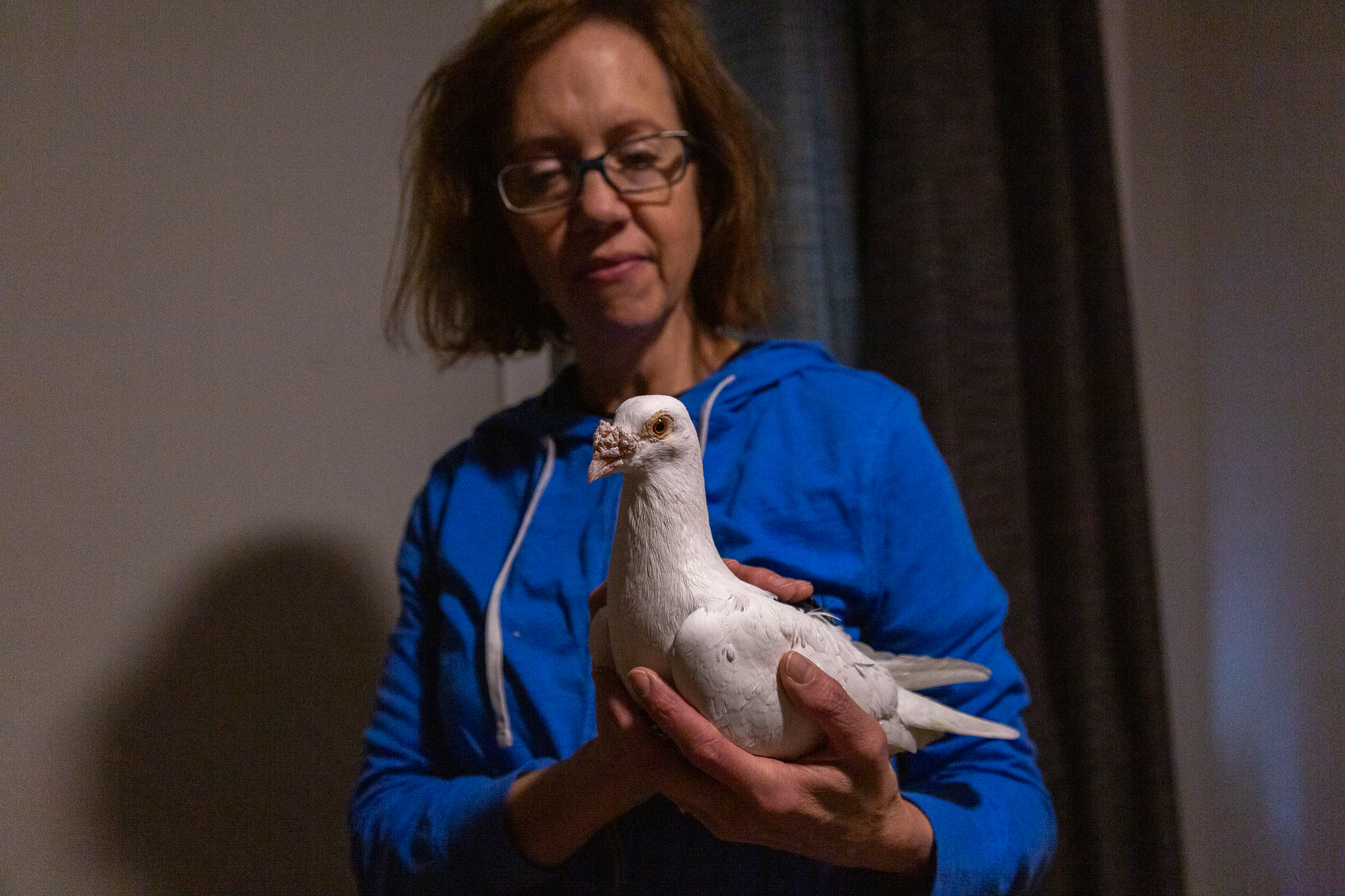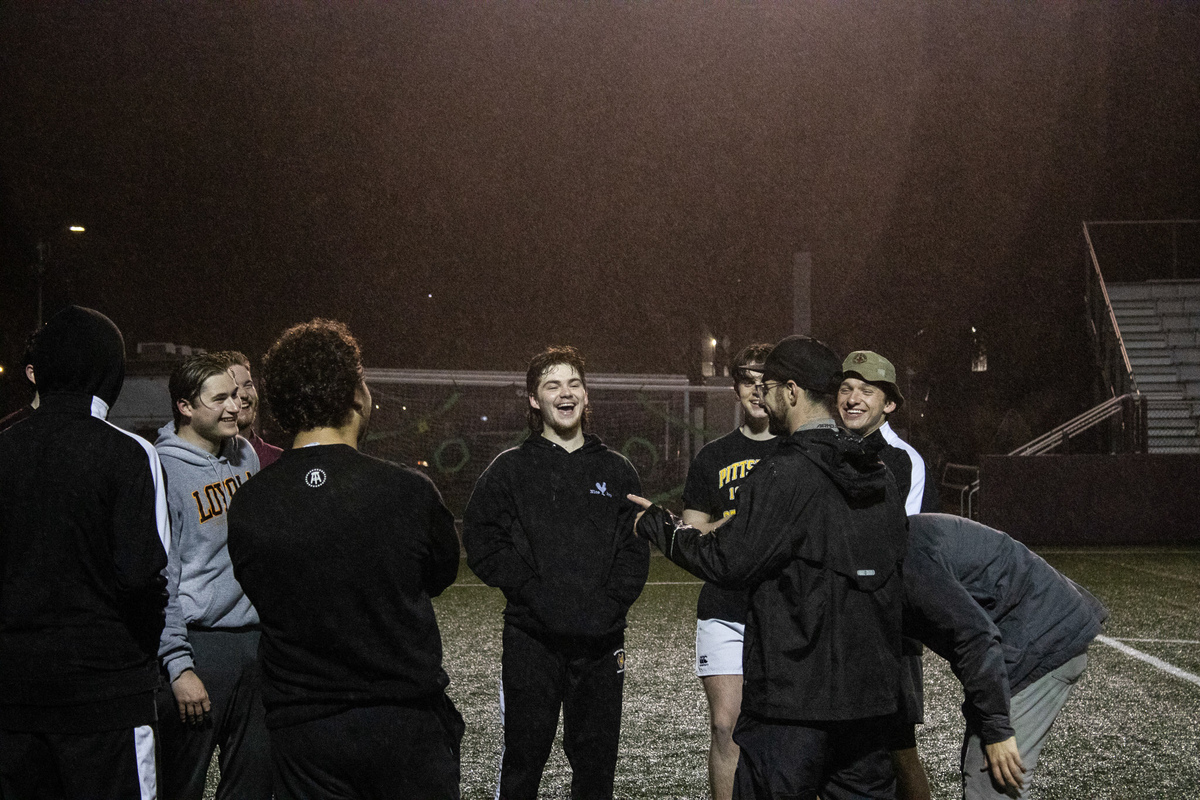With major mass shootings across the country, The Phoenix looked into what steps Loyola takes to keep students safe.
Run, Hide, Fight: How Loyola Addresses Mass Shootings Threat
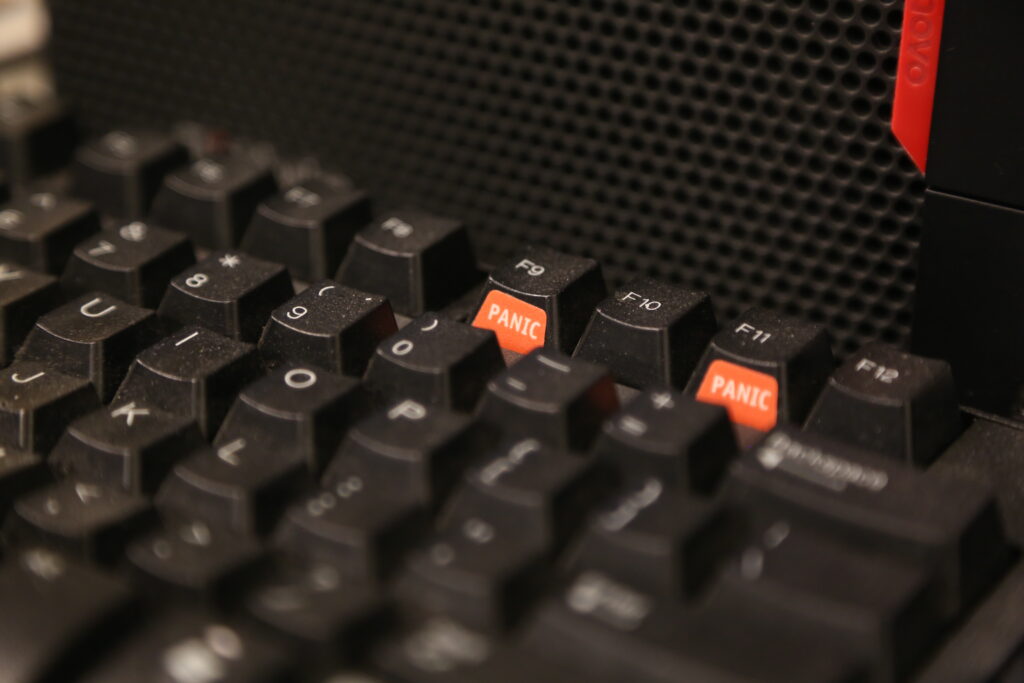
Content warning: Mass shootings, violence
In light of recent mass shootings, The Phoenix spoke to Loyola’s Campus Safety about what they teach students and faculty about mass shootings and what steps Loyola takes to prepare for and prevent active shooter incidents.
Last month a gunman attacked fellow students at the University of Virginia, killing three and causing a 12-hour lockdown of the campus, while in Colorado a gunman attacked Club Q, a gay bar in Colorado Spings, killing five before being subdued by patrons.
Campus Safety Sergeant of Access Control Kevin Newman said the university’s preparedness involves physical security and training given to Loyola community members.
Newman said there are several steps the university takes in an effort to prevent shootings. He said the majority of class and conference rooms have a lockdown box which allows occupants to quickly lock the door to prevent entry in the event of an incident. The boxes were installed in summer 2017, according to Newman.
“We realized years ago that Loyola would have had a problem, because many of our classrooms were unlocked and the professors and students did not have a way to lock them,” Newman said. “During the summer of 2017, we installed lockout hardware in the majority of classrooms, conference rooms on campus so that lockout hardware can be used by anybody in an emergency, turning those classrooms into a lockable space with a locked door.”
On certain computer terminals, pressing F9 and F11 at the same time will alert Campus Safety of an incident. Newman said these terminals have been placed in classrooms, front desks and other locations where Campus Safety may be needed specifically where firings take place and student discipline offices. This is because many active shooter incidents emerge from a disgruntled employee or students, according to Newman.
Newman said students at Loyola are required to attend a safety training put on by the department as part of their UNIV 101 course. This training covers how Loyola deals with active shooter incidents and what students can do in the event of an active shooter.
He said they teach students and community members using the FBI’s “Run. Hide. Fight.” approach, in which students are taught to first try to run from a threat and evacuate to safety before calling 911 or Campus Safety. Newman said Loyola has been using this training for about 8 years.
“Don’t just get outside of the building and then stand there,” Newman said. “Get as far away from that building as possible.”
Newman cautioned students against evacuating to common areas, such as where students go for fire drills, as most active shooter incidents involve someone who is familiar with the location and the safety plans in place.
“This is the reason you don’t go to the rally points or the fire alarm staging areas,” Newman said. “This person would know where those are. A whole bunch of students all being told to go to the same spot during an active shooter event could make that location a target.”
He said if students can’t get away from an incident, then they should hide. It is important to hide behind a locked door as most active shooters target random victims and won’t spend much time at one, according to Newman.
“In these random situations, shooters come to a locked door and they don’t spend time trying to learn to break it down,” Newman said. “They just move on because they’re trying to get as many easy victims as possible.”
Newman said in the event of an active shooter, students should also try and barricade the door to further prevent the shooter from entering the room.
If students can’t run or hide, the last thing they should do is fight, whether it be distracting the attacker or attacking the attacker directly, Newman said.
“If somebody comes into a room and 25 students throw a backpack or a book at somebody, that person is going to have a real hard time focusing on trying to shoot someone,” Newman said. “It gives everybody an opportunity to either run out or run and try to tackle and subdue the attack.”
One of the most important things with “Run. Hide. Fight.” is situational awareness. Newman said he tells students to think of the five to seven places they typically spend most of their time and how they would react if an incident occurs. He said students should think about every possible way to get out of the room, where they could hide and things they could use to defend themselves if it came to it.
Newman also said every situation and every person is different and students should go with their instinct when dealing with an incident. He said running should be the first thing they go to but to trust their gut.
“I want people to at least consider that as their first option,” Newman said. “But if their gut is saying, ‘No, it’s not safe for me to do it. I need to be locked down,’ I want them to trust their gut and go into lockdown.”
Newman also said there are typically signs that someone might be thinking of carrying out an attack. These can include paranoid ideas, delusional statements, changes in personality or performance, discipline problems on-campus depression, depressed mood suicidal ideation, nonspecific threats of violence, isolation, odd or bizarre behavior and an interesting or new acquisition of weapons, according to Newman.
Students have several options for reporting these signs. They can go through the Wellness Center, their RA, Dean of Students CURA Network, Campus Safety or anonymously report through the Ethics Line.
Newman said Loyola spends a lot of time working on this part of safety so students don’t have to.
“While nothing can 100% be prevented, there’s a lot of people here through Campus Safety, the Students Office Wellness Center and other administrators who put a lot of time and effort into making sure that Loyola is a safe place,” Newman said. “It’s something that we think about every day so that your average student doesn’t have to think about that every day.”



